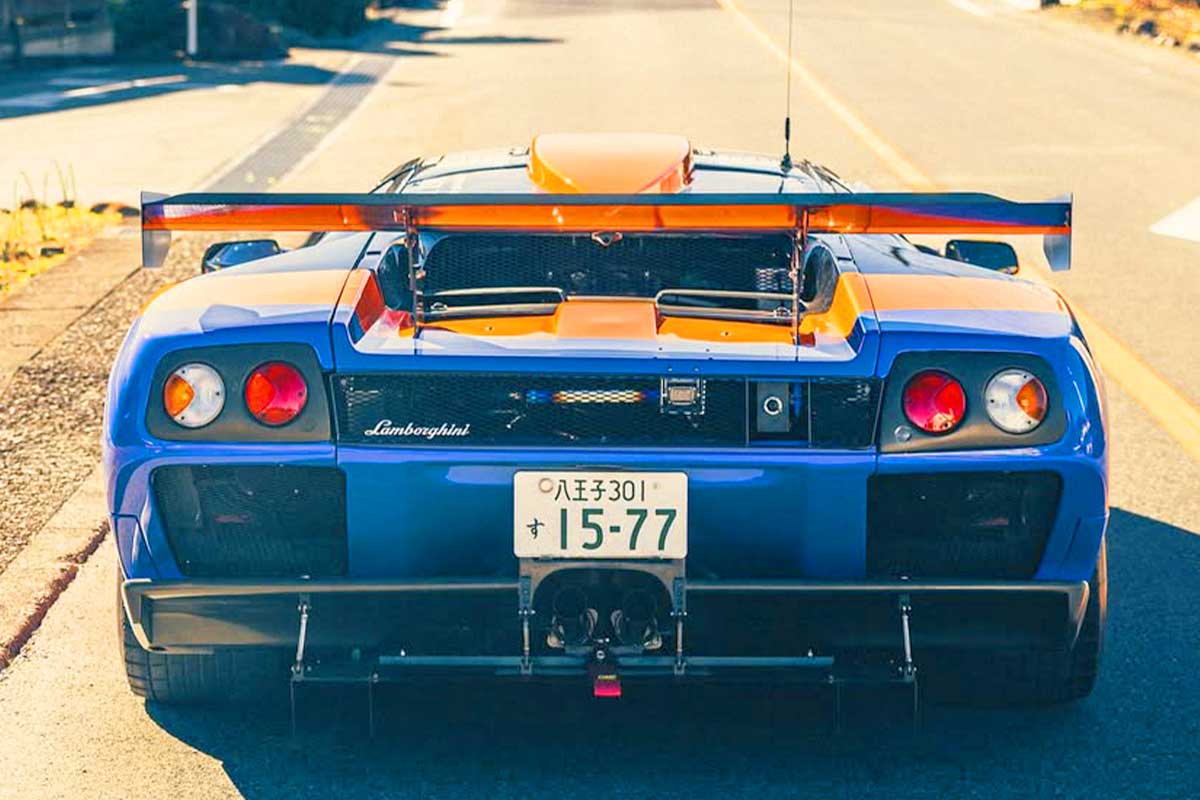
Mashahiko Yamazai and his friends form a rather unusual car club in Japan, cruising the streets of Saitama in their supercars inspired by Super Touring, WRC and FIA-GT. The club boasts a Porsche 956C, an Alfa Romeo 155 GTA and a Subaru Impreza 555. Owning a genuine road racing car (as opposed to a road car modified for the circuit) is a much more complicated process. Straddle" versions of racing cars were often produced in very small series, usually to meet homologation minimums. And so parts are all the rarer and more expensive to obtain for restoration or maintenance.
But Kinoshita has something even better: he has one of the two Diablo models prepared by Reiter Engineering for the GT2 racing category, and the only road-legal one at that!
Kinoshita, after getting the car in pretty bad shape, decided he might as well throw in the extra bits needed to get it legal. "A friend of mine spent nearly three years tracking down and obtaining the car, but once he arrived, the scale of the work involved was too much for him to handle."he explains. "It took a long time to rebuild and reassemble the GT2. Diablo - about 10 years in total - and these days, coins are almost impossible to find. And for the coins you can get, values have skyrocketed!"
The Lamborghini Diablo, designed by Marcello Gandini (albeit with some softening required by management), was produced between 1990 and 2001 in a total of 2,907 units, with 18 different versions available during this period. The bulk of these, over 800, were Diablos rear-wheel drive produced between 1990 and 1996, followed by the VT and VT Roadster, which between them accounted for almost two-thirds of all Diablos produced. Among the rarer models are the two racing variants, the SV-R and GTR, limited to 30 units.
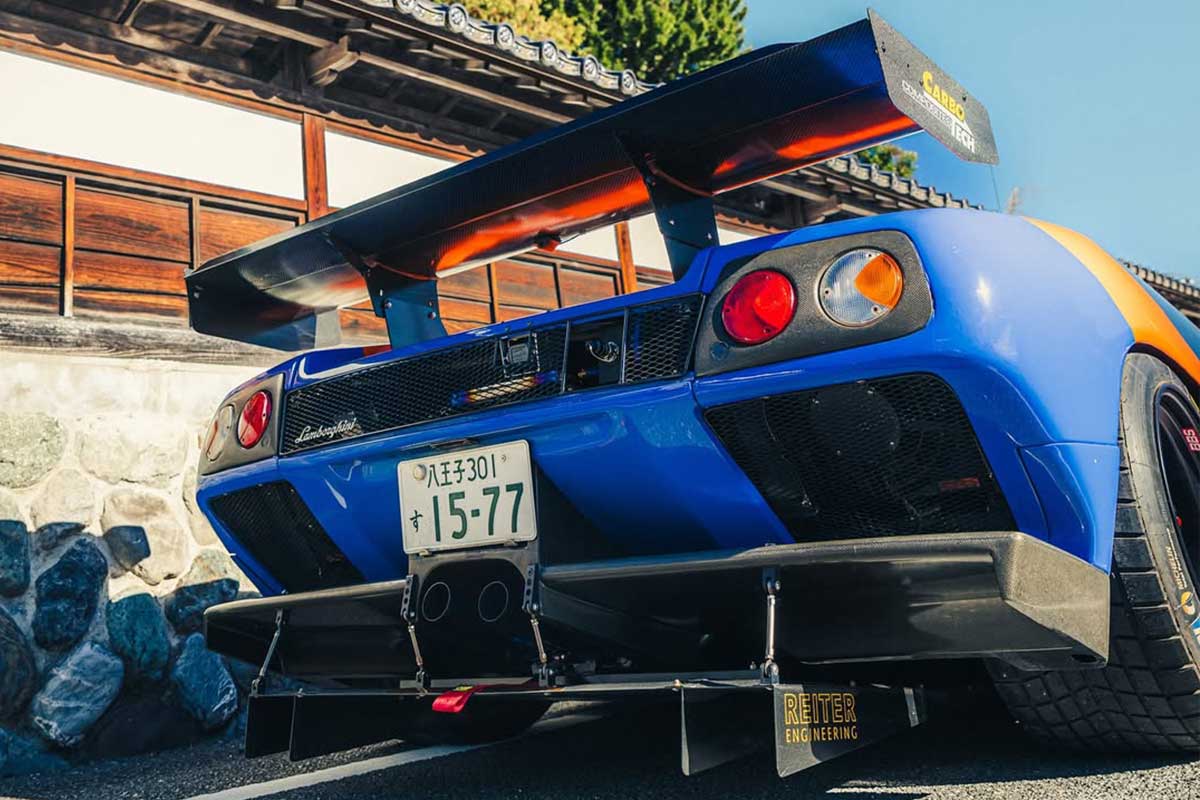
Breaking with the tradition established by Ferruccio's founder - no competition - Lamborghini had finally given in to the siren call of racing. At the turn of the '90s, Lamborghini embarked on a somewhat unsuccessful Formula 1 adventure with the Modena Team structure. Next, Lamborghini logically turned its attention to GT racing, which was regaining momentum after the demise of Group C and the emergence of Stéphane Ratel's BPR and then FIA-GT championships.
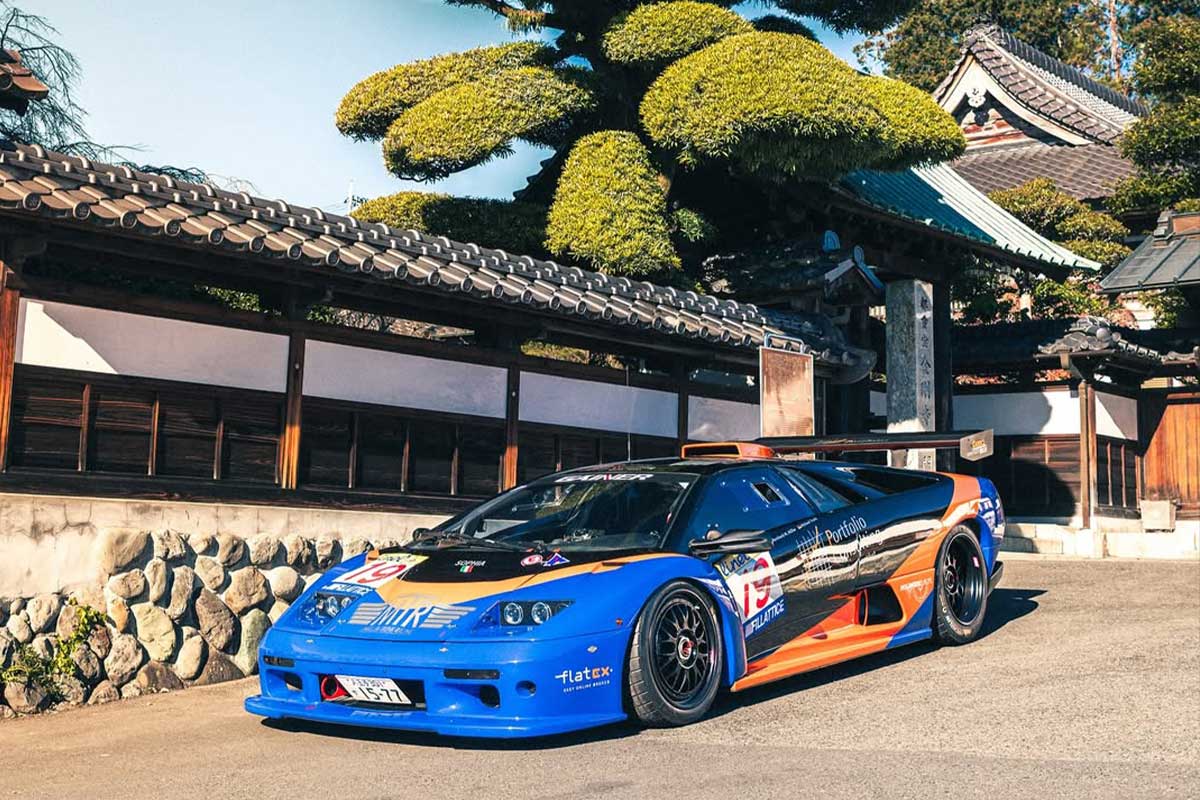
The Lamborghini Diablo GT2 was the first official car prepared by REITER to compete in the FIA GT Championship, before turning its attention to the Murcielago R-GT and Gallardo GT3 in the early 2000s. Taking the powerful Diablo GT as a base, REITER extensively modified both cars to meet GT2 regulations, with the 6.0-liter V12 engine producing almost 640 hp. The competition career was very short-lived, with an engagement by the French DAMS team in FFSA GT at Nogaro and then Spa-Francorchamps, where Emmanuel Clérico and Luigi Moccia finished 5th and 6th. The original plan was to go to Le Mans, but Lamborghini, which had not yet entered the Volkswagen fold, had to give up.
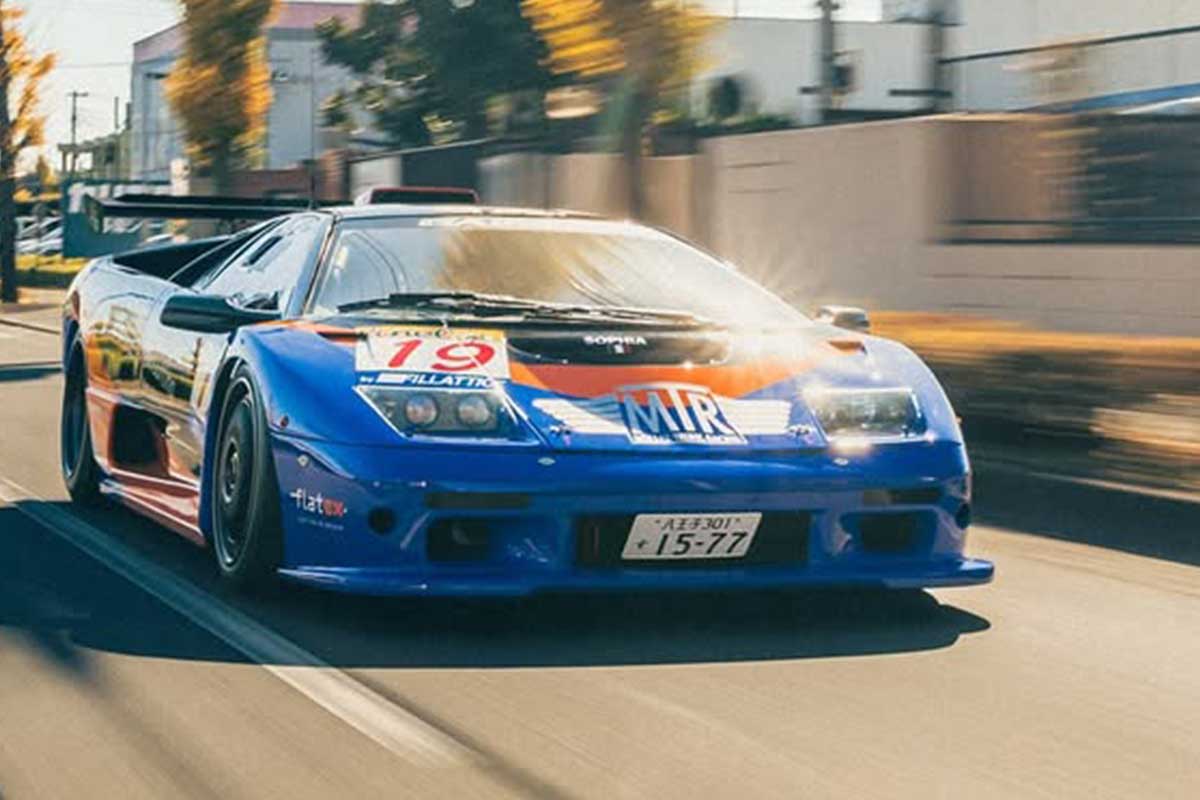
The Japanese owner had to replace all missing or damaged components, which wasn't easy, as many required custom fabrication, and it took months to do so. Fortunately, the Holinger sequential gearbox was still in good condition, and despite its racing history, the all-carbon exterior was complete, including GT2-specific components such as the diffuser, adjustable rear wing and front splitter. He installed several mufflers and an exhaust valve to keep the Diablo quiet at low speeds, as the competition versions had no restrictions. A matter of survival, no doubt, to avoid a neighborhood riot. The fuel tanks were originally in Kevlar cases, but these expire after a few years and are very expensive to replace. So they created an aluminum tank instead, and at the same time added a front lift system-otherwise, the Diablo GT2 "couldn't even get into most gas stations."
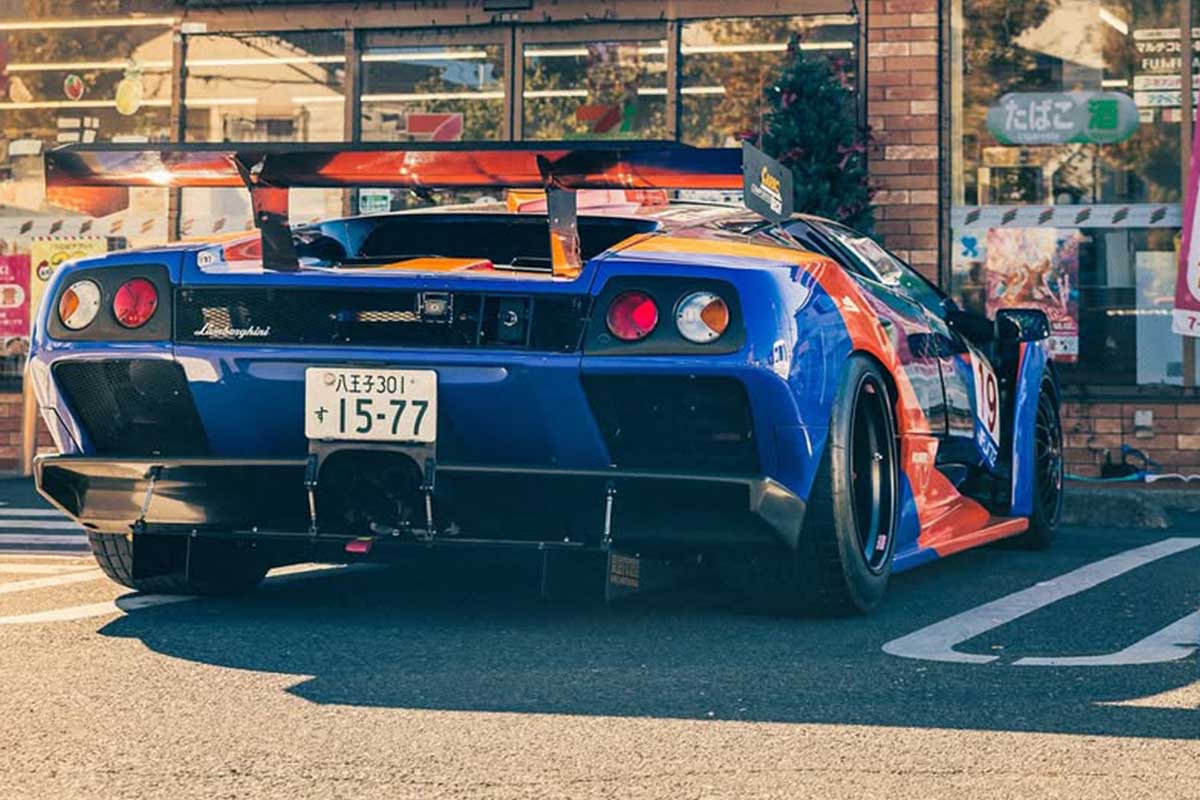
"The The only thing I'd still like to change is the steering rack because trying to get around Japan's tight roads takes many attempts, but it's a small price to pay for being able to use such a crazy car on the road."
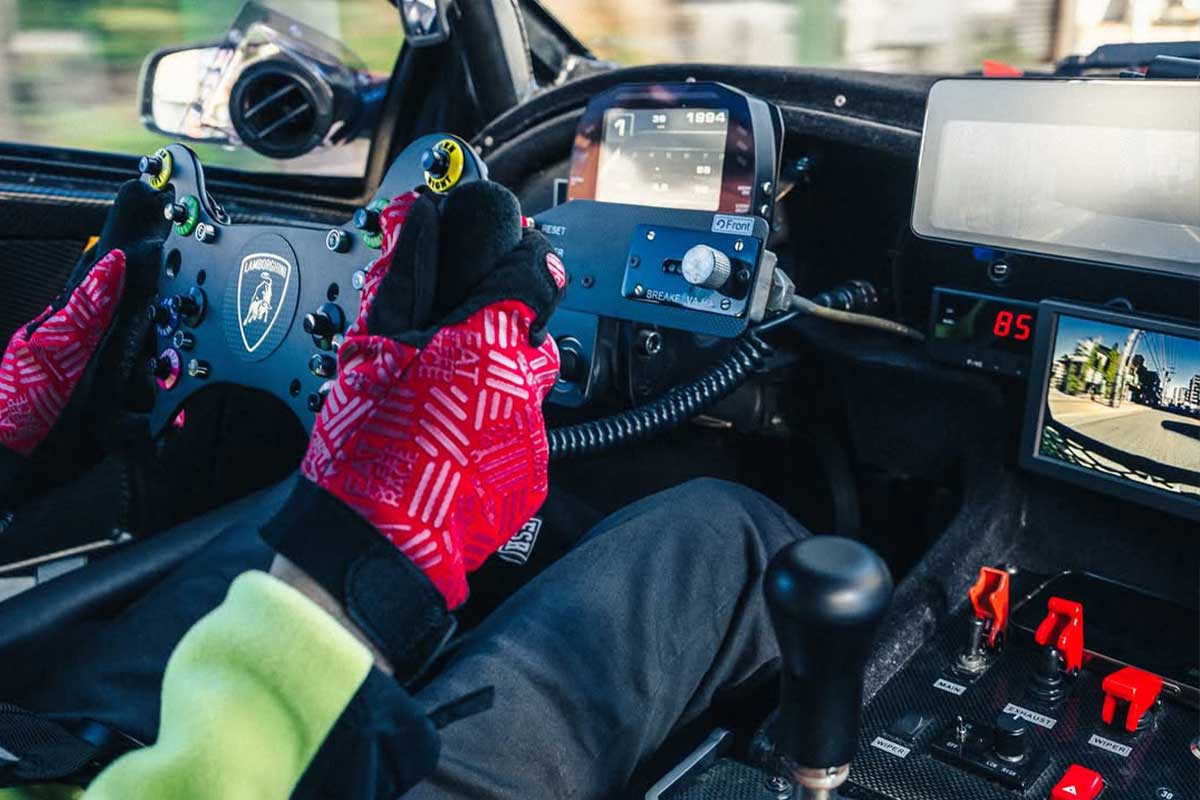
Apart from the heat, which Kinoshita tried to combat with a 12V fan, the engine managed to retain a certain phlegm. Until the exhaust valve opened...
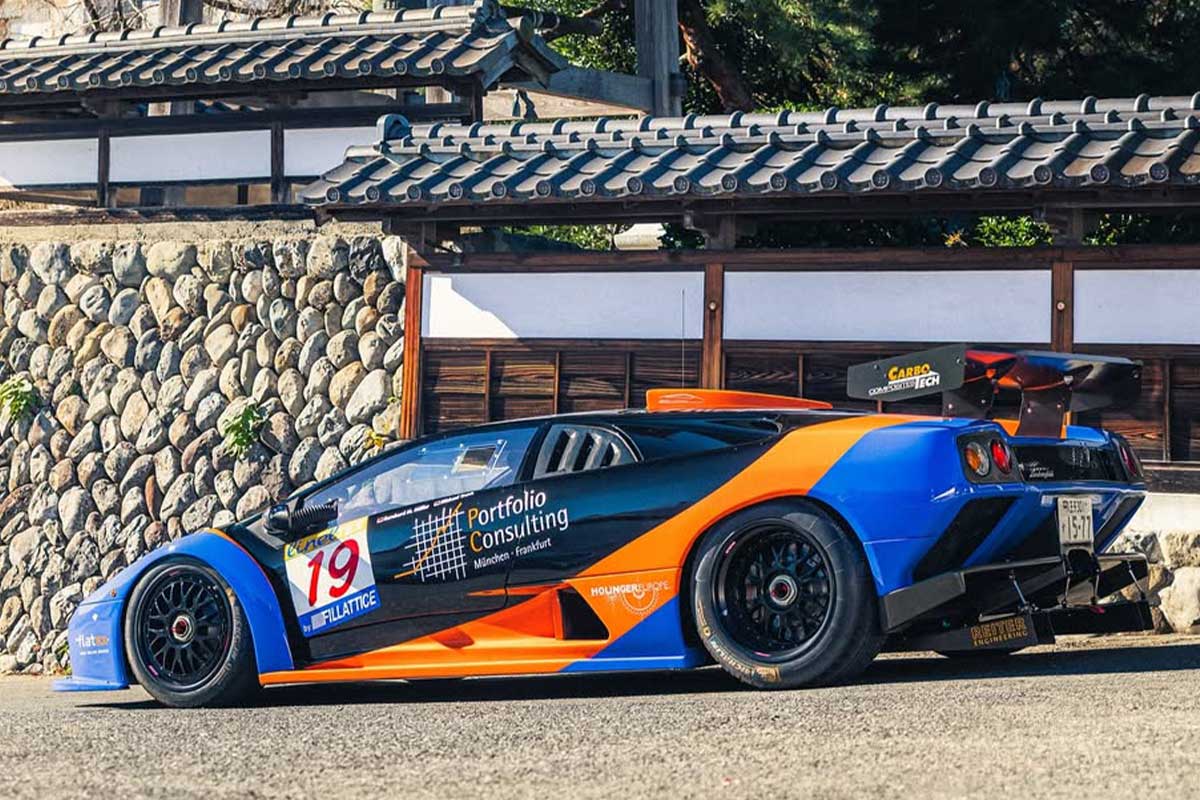
His wish? Put the GT2 on the racetrack to see how it works. "It may not be as fast as modern race cars, but I don't think there are many other cars that will provide the same kind of feeling - namely that I'll never be bored."
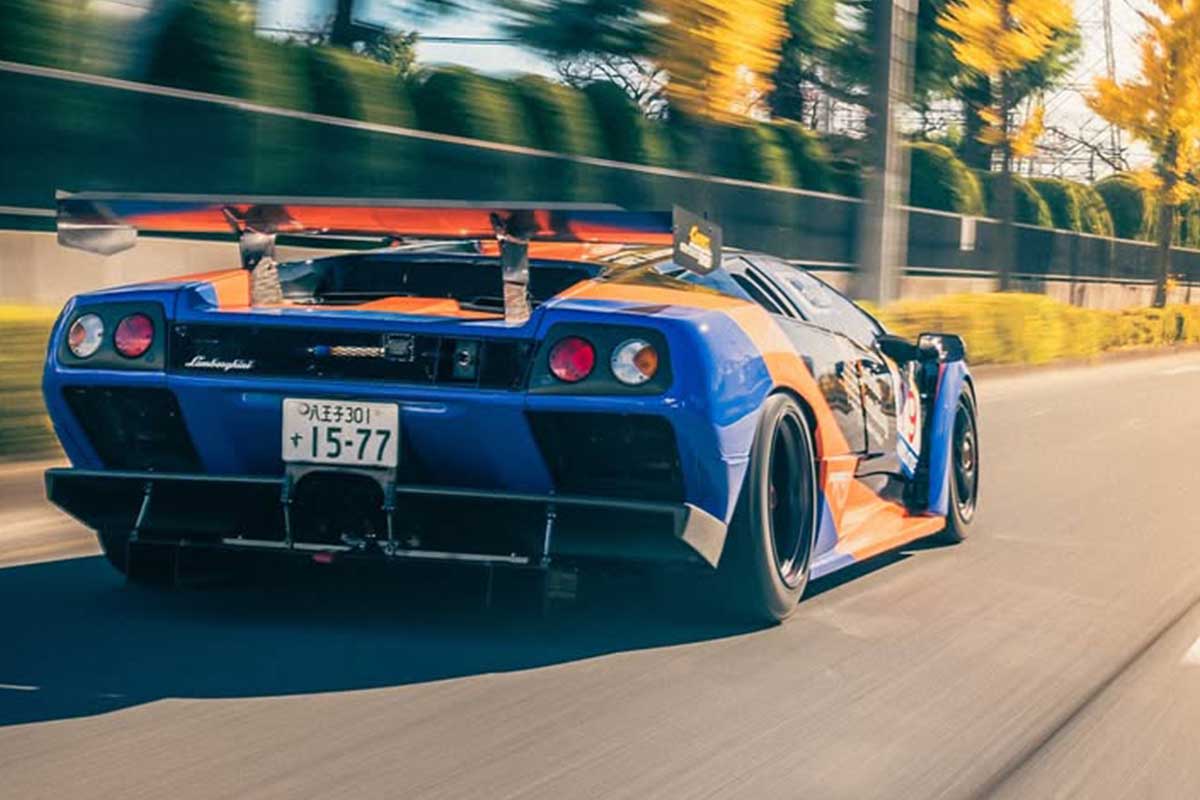
Well done to Kinoshita San.
There has always been a very special bond between Japan and the finest Italian supercars.
With a blend of respect and a touch of madness that you won't find anywhere else.
Ferrari made no mistake in developing and reserving for the Land of the Rising Sun the J50, undoubtedly one of their finest exclusive series.
There's also one of the world's finest Italian collections at the foot of Mount Fuji: the Matsuda collection.
Its cool car🥰
Automatic translation absolutely catastrophic...
into what language? you know how to say that in a commentary is pointless. sending me an email with examples is a better way to correct and improve.